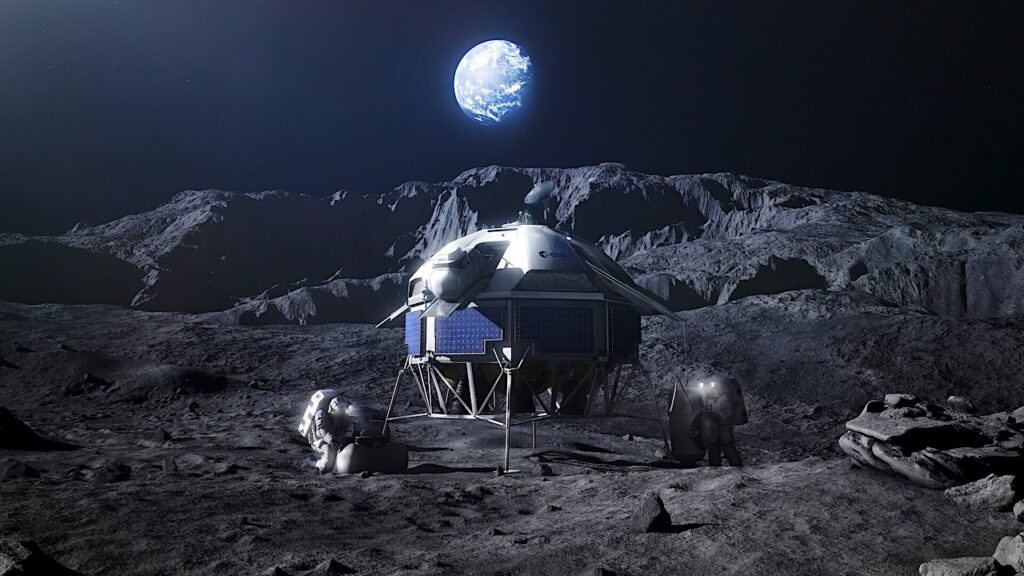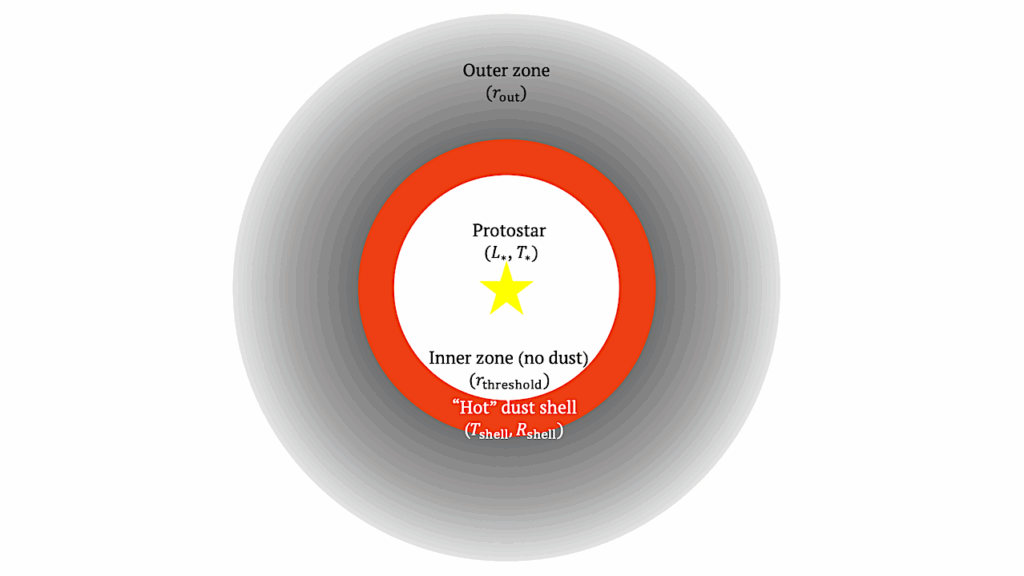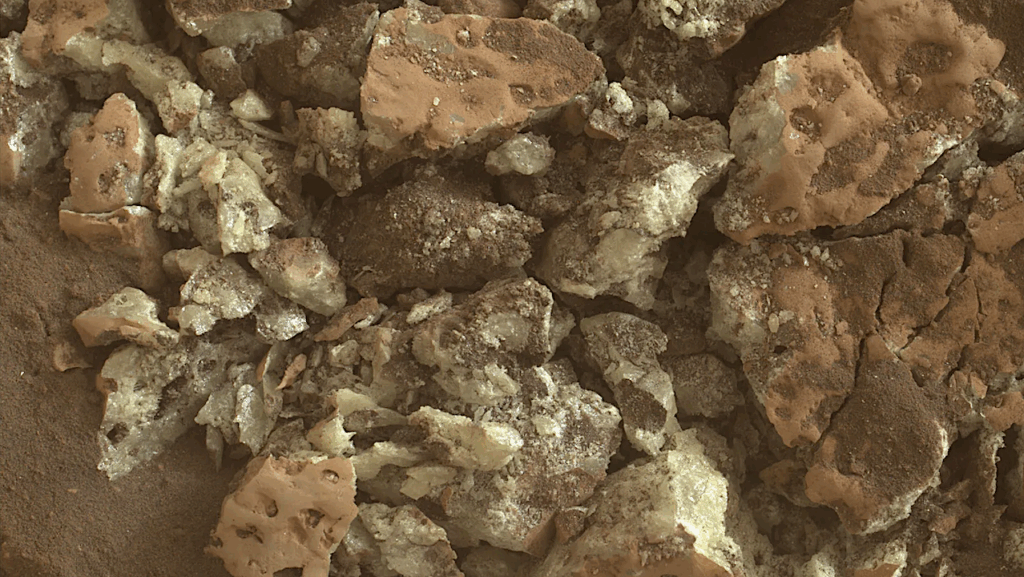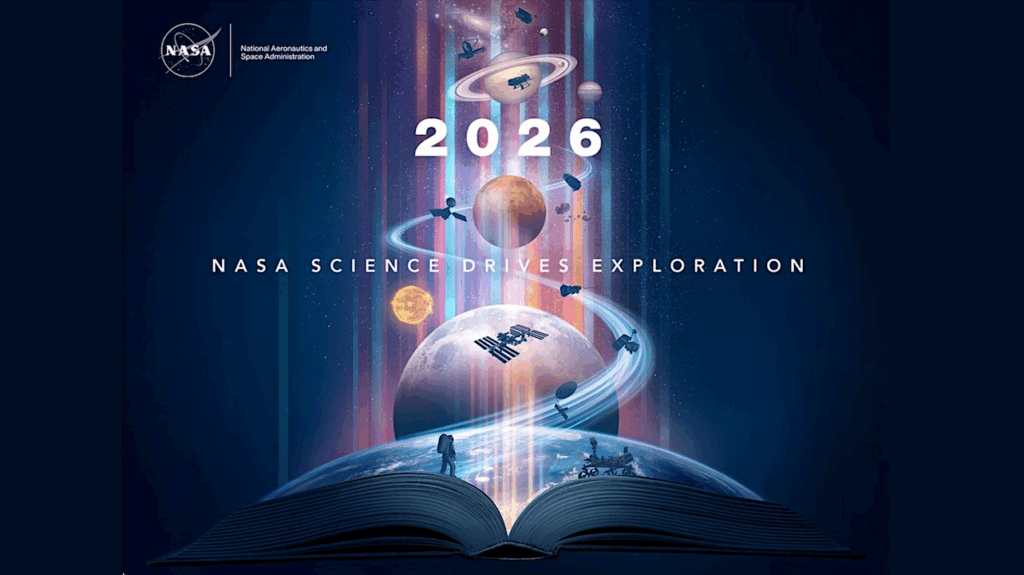A Stormy, Active Sun May Have Kickstarted Life On Earth

The first building blocks of life on Earth may have formed thanks to eruptions from our Sun, a new study finds.
A series of chemical experiments show how solar particles, colliding with gases in Earth’s early atmosphere, can form amino acids and carboxylic acids, the basic building blocks of proteins and organic life. The findings were published in the journal Life.
To understand the origins of life, many scientists try to explain how amino acids, the raw materials from which proteins and all cellular life, were formed. The best-known proposal originated in the late 1800s as scientists speculated that life might have begun in a “warm little pond”: A soup of chemicals, energized by lightning, heat, and other energy sources, that could mix together in concentrated amounts to form organic molecules.
Energy from our young Sun – 4 billion years ago – aided in creating molecules in Earth’s atmosphere that allowed it to warm up enough to incubate life. Credits: NASA’s Goddard Space Flight Center/Genna Duberstein
In 1953, Stanley Miller of the University of Chicago tried to recreate these primordial conditions in the lab. Miller filled a closed chamber with methane, ammonia, water, and molecular hydrogen – gases thought to be prevalent in Earth’s early atmosphere – and repeatedly ignited an electrical spark to simulate lightning. A week later, Miller and his graduate advisor Harold Urey analyzed the chamber’s contents and found that 20 different amino acids had formed.
“That was a big revelation,” said Vladimir Airapetian, a stellar astrophysicist at NASA’s Goddard Space Flight Center in Greenbelt, Maryland, and coauthor of the new paper. “From the basic components of early Earth’s atmosphere, you can synthesize these complex organic molecules.”
But the last 70 years have complicated this interpretation. Scientists now believe ammonia (NH3) and methane (CH4) were far less abundant; instead, Earth’s air was filled with carbon dioxide (CO2) and molecular nitrogen (N2), which require more energy to break down. These gases can still yield amino acids, but in greatly reduced quantities.
Seeking alternative energy sources, some scientists pointed to shockwaves from incoming meteors. Others cited solar ultraviolet radiation. Airapatian, using data from NASA’s Kepler mission, pointed to a new idea: energetic particles from our Sun.
Kepler observed far-off stars at different stages in their lifecycle, but its data provides hints about our Sun’s past. In 2016, Airapetian published a study suggesting that during Earth’s first 100 million years, the Sun was about 30% dimmer. But solar “superflares” – powerful eruptions we only see once every 100 years or so today – would have erupted once every 3-10 days. These superflares launch near-light speed particles that would regularly collide with our atmosphere, kickstarting chemical reactions.
“As soon as I published that paper, the team from the Yokohama National University from Japan contacted me,” Airapetian said.
Dr. Kobayashi, a professor of chemistry there, had spent the last 30 years studying prebiotic chemistry. He was trying to understand how galactic cosmic rays – incoming particles from outside our solar system – could have affected early Earth’s atmosphere. “Most investigators ignore galactic cosmic rays because they require specialized equipment, like particle accelerators,” Kobayashi said. “I was fortunate enough to have access to several of them near our facilities.” Minor tweaks to Kobayashi’s experimental setup could put Airapatian’s ideas to the test.
Airapetian, Kobayashi, and their collaborators created a mixture of gases matching early Earth’s atmosphere as we understand it today. They combined carbon dioxide, molecular nitrogen, water, and a variable amount of methane. (The methane proportion in Earth’s early atmosphere is uncertain but thought to be low.) They shot the gas mixtures with protons (simulating solar particles) or ignited them with spark discharges (simulating lightning), replicating the Miller-Urey experiment for comparison.

As long as the methane proportion was over 0.5%, the mixtures shot by protons (solar particles) produced detectable amounts of amino acids and carboxylic acids. But the spark discharges (lightning) required about a 15% methane concentration before any amino acids formed at all.
“And even at 15% methane, the production rate of the amino acids by lightning is a million times less than by protons,” Airapetian added. Protons also tended to produce more carboxylic acids (a precursor of amino acids) than those ignited by spark discharges.
All else being equal, solar particles appear to be a more efficient energy source than lightning. But all else likely wasn’t equal, Airapetian suggested. Miller and Urey assumed that lightning was just as common at the time of the “warm little pond” as it is today. But lightning, which comes from thunderclouds formed by rising warm air, would have been rarer under a 30% dimmer Sun.
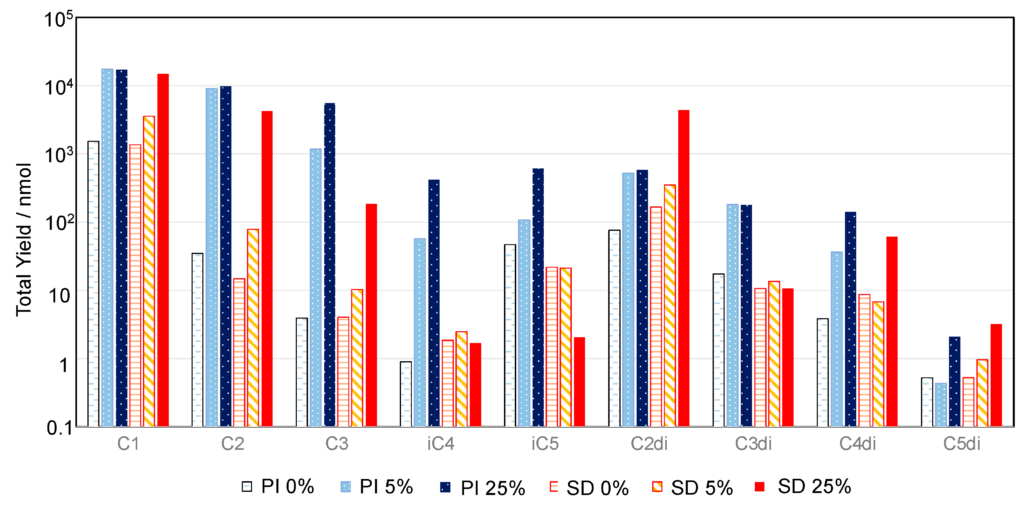
“During cold conditions you never have lightning, and early Earth was under a pretty faint Sun,” Airapetian said. “That’s not saying that it couldn’t have come from lightning, but lightning seems less likely now, and solar particles seems more likely.”
These experiments suggest our active young Sun could have catalyzed the precursors of life more easily, and perhaps earlier, than previously assumed.
Formation of Amino Acids and Carboxylic Acids in Weakly Reducing Planetary Atmospheres by Solar Energetic Particles from the Young Sun, Life, (open access)
Astrobiology




